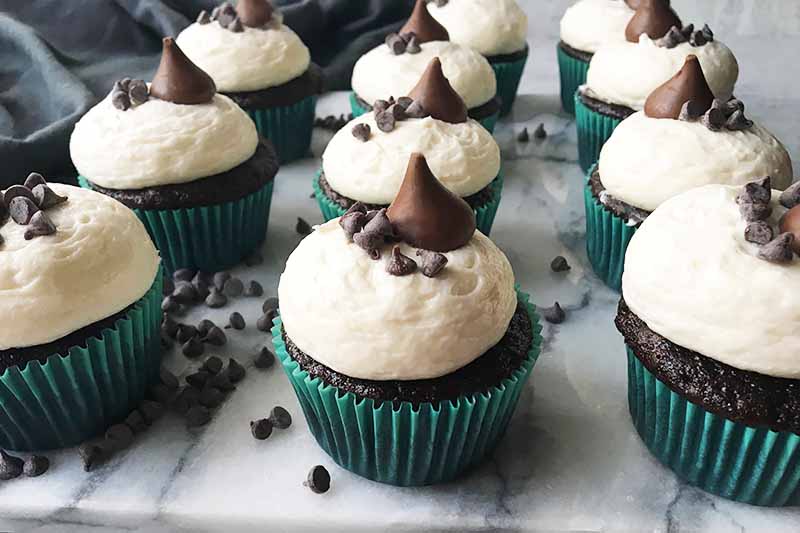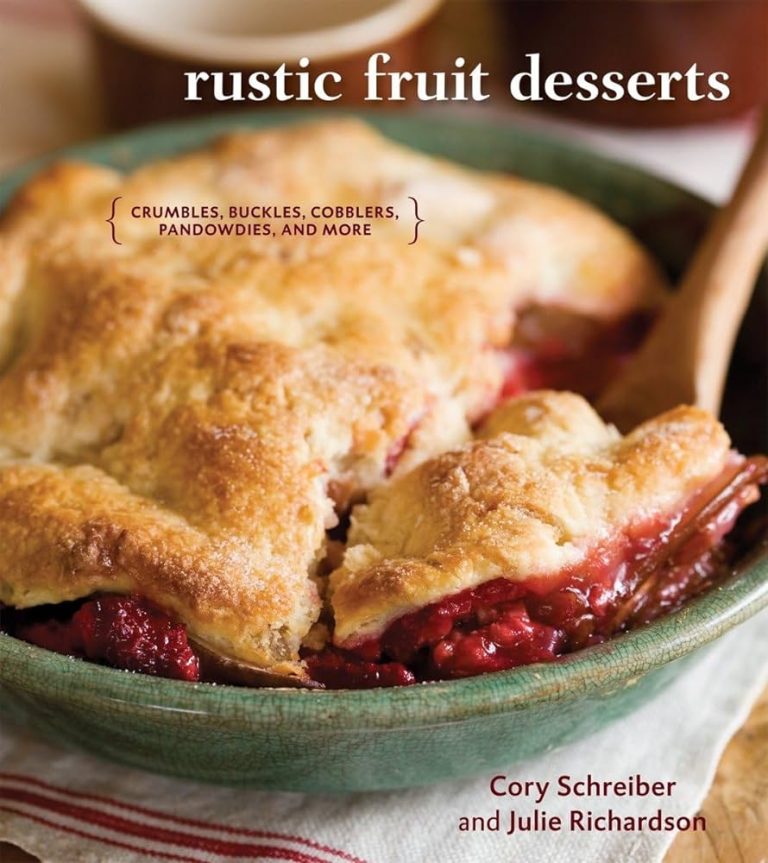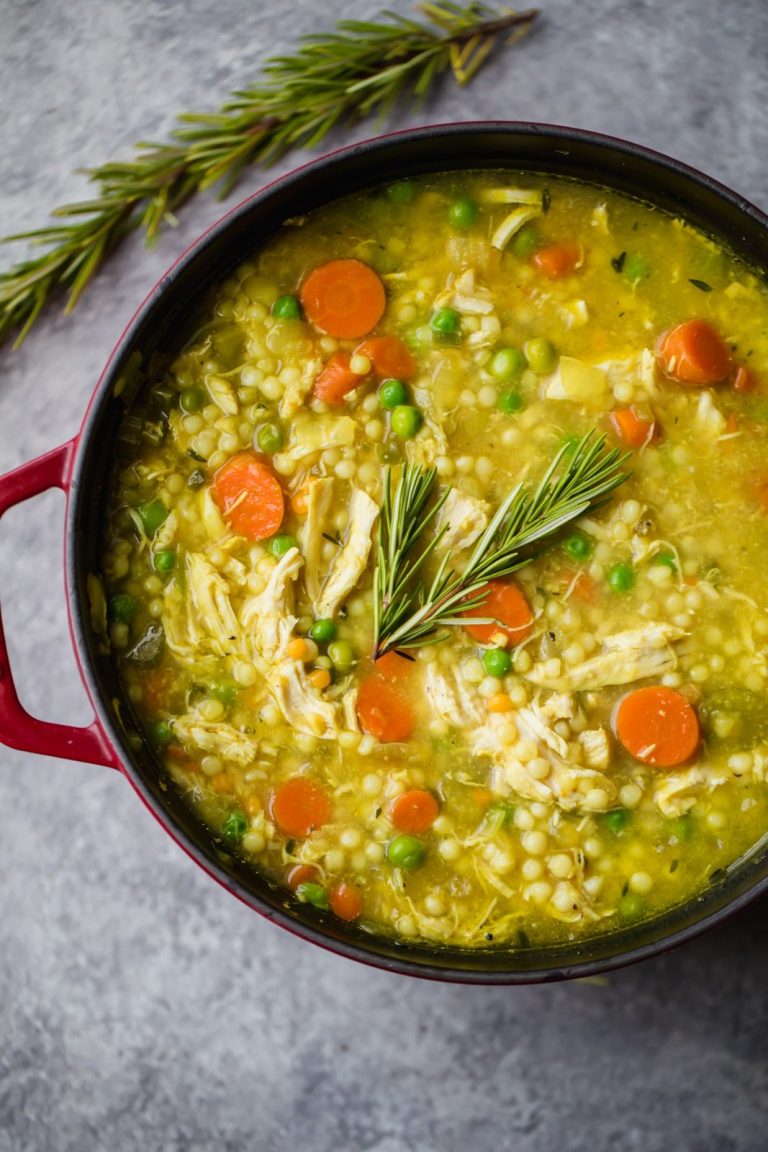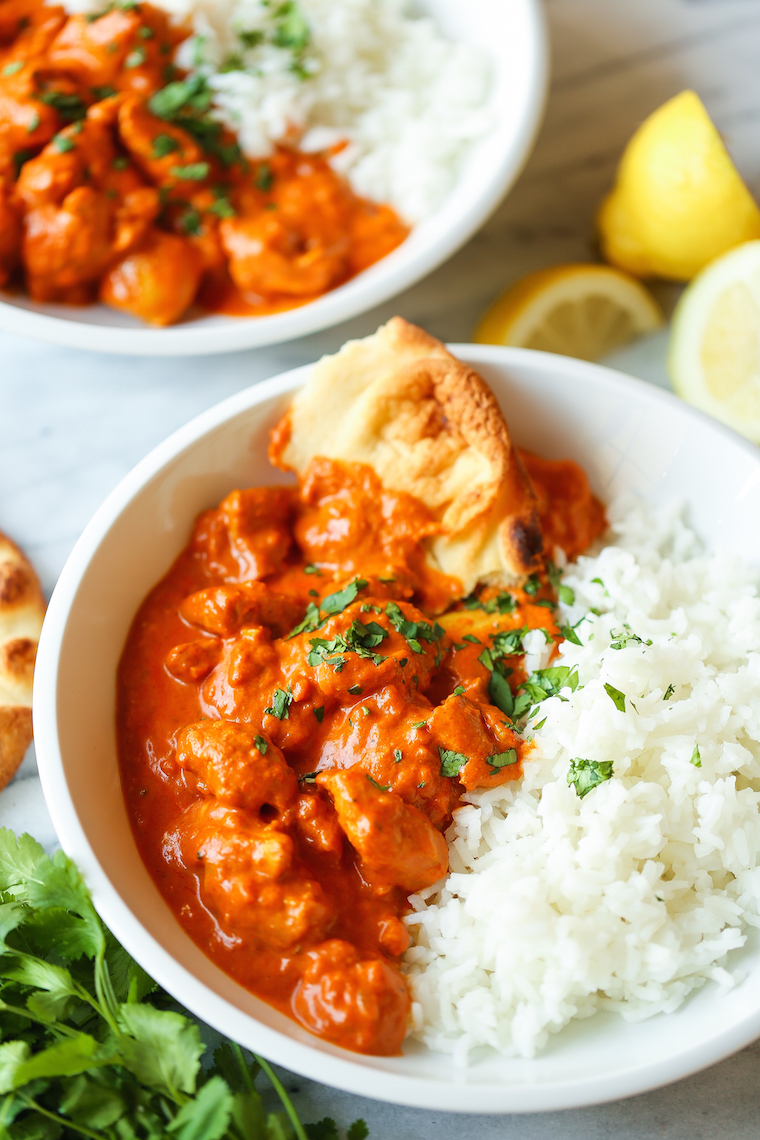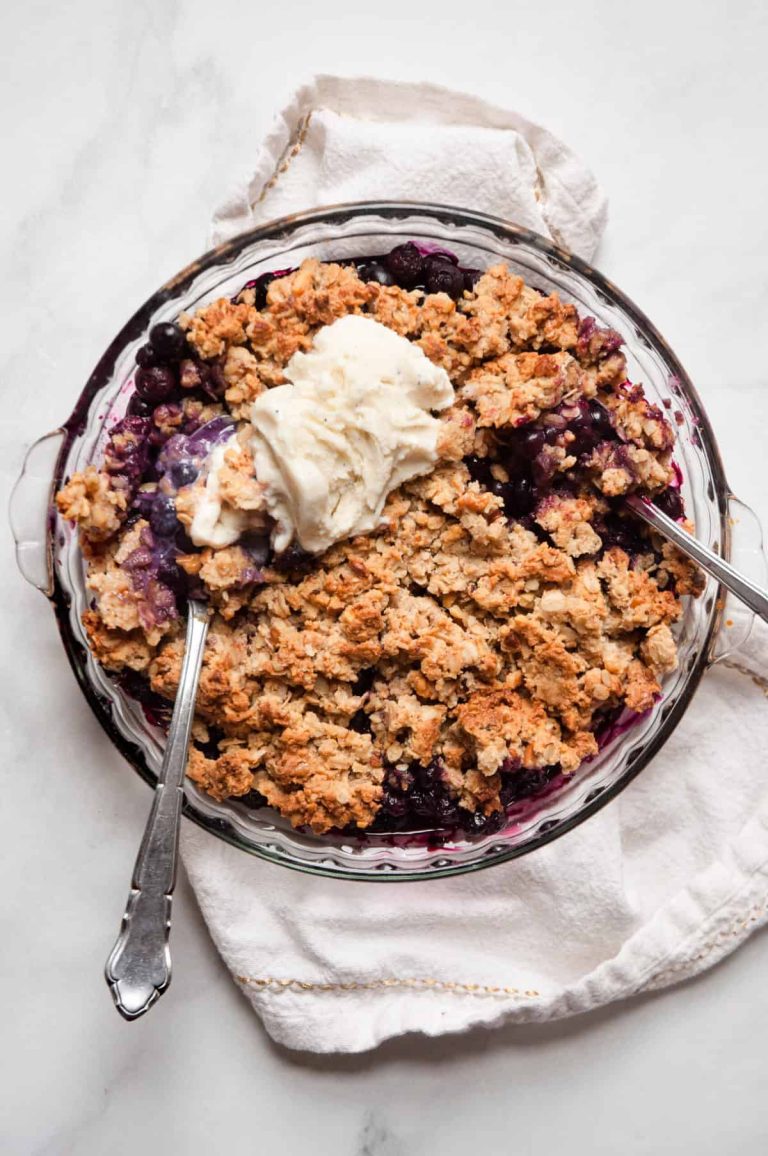Vegan Chocolate Cupcakes With Vanilla Frosting: Recipe & Flavor Ideas
Vegan baking excludes all animal-derived ingredients. Traditional recipes often use eggs, milk, and butter, but vegan versions substitute these with plant-based alternatives. For instance, flaxseed mixed with water can replace eggs, while almond or soy milk stands in for dairy milk. Coconut oil or vegan margarine can replace butter. Using these alternatives ensures the baking process aligns with a vegan diet without compromising taste or texture.
Key Ingredients in Vegan Cupcakes
Vegan chocolate cupcakes with vanilla frosting require specific ingredients to achieve their rich flavor and moist texture.
- Flour: Use all-purpose or a gluten-free blend for the base.
- Sweeteners: Opt for organic cane sugar or maple syrup.
- Cocoa Powder: Choose unsweetened cocoa powder for the chocolatey taste.
- Baking Powder and Soda: These leavening agents help the cupcakes rise.
- Plant-Based Milk: Almond, soy, or oat milk works well.
- Vinegar: White or apple cider vinegar reacts with baking soda for leavening.
- Vanilla Extract: Adds a hint of sweetness to both cupcakes and frosting.
- Vegan Butter: Gives the frosting its creamy texture.
Combining these ingredients results in delectable vegan chocolate cupcakes that are both satisfying and cruelty-free.
The Health Benefits of Vegan Cupcakes
Nutritional Comparisons with Traditional Cupcakes
Vegan cupcakes offer several nutritional advantages over traditional cupcakes. Traditional cupcakes typically use dairy, eggs, and butter, which can increase calories, fat, and cholesterol. Vegan cupcakes use ingredients like almond milk, flaxseed, and coconut oil, which are lower in saturated fat and free of cholesterol.
For example, traditional cupcakes might contain around 30-80 mg of cholesterol per serving, while vegan cupcakes have zero cholesterol. Additionally, vegan recipes often include whole grains and natural sweeteners, which provide more fiber and essential nutrients than refined flour and white sugar used in traditional recipes (Nutritional Comparison Data, 2022).
Caloric Content and Sweetness Sources
Vegan cupcakes can have lower calorie content than their traditional counterparts, depending on the ingredients used. Traditional cupcakes often include high-calorie dairy and eggs, whereas vegan versions use alternatives like unsweetened almond milk and applesauce, which contribute fewer calories.
For instance, a traditional cupcake with frosting can have around 300-400 calories, while a similar-sized vegan cupcake might contain 200-300 calories (Calories in Cupcakes, 2022). Sweetness in vegan recipes often comes from natural sources like maple syrup or agave nectar, which are less processed than cane sugar and have a lower glycemic index, reducing blood sugar spikes.
By understanding these differences, you can see that vegan cupcakes not only offer a plant-based option but also come with potential health benefits. Reducing cholesterol, lowering calories, and incorporating natural sweeteners can make vegan cupcakes a healthier dessert choice.
Step-by-Step Recipe for Vegan Chocolate Cupcakes With Vanilla Frosting
Ingredients and Substitutions for Allergy-Friendly Options
The basic ingredients for vegan chocolate cupcakes include flour, cocoa powder, baking powder, baking soda, sugar, almond milk, apple cider vinegar, coconut oil, and vanilla extract. These items form the core of your recipe, creating moist and flavorful cupcakes.
- Flour: Use all-purpose flour for a standard option; substitute with gluten-free flour blends to accommodate gluten sensitivities.
- Cocoa powder: Choose unsweetened cocoa powder; use carob powder as a caffeine-free alternative.
- Baking powder and baking soda: Essential for leavening; keep ratios precise to ensure proper rise.
- Sugar: Opt for organic cane sugar to ensure it’s vegan; consider coconut sugar or agave syrup for lower glycemic index.
- Almond milk: A common plant-based milk; swap with soy, oat, or rice milk for different dietary needs.
- Apple cider vinegar: Reacts with baking soda for leavening; white vinegar serves as an alternative if necessary.
- Coconut oil: Adds moisture and richness; replace with sunflower oil or olive oil for different fat sources.
- Vanilla extract: Enhances flavor; use the same amount in any brand for consistency.
Baking Process and Tips for Perfect Results
The baking process starts with preheating your oven to 350°F (175°C) and preparing your cupcake tray with liners.
- Mixing Wet Ingredients: In a bowl, combine almond milk and apple cider vinegar. Let it sit for a few minutes to curdle. Add coconut oil and vanilla extract to the mixture.
- Blending Dry Ingredients: In a separate bowl, whisk together flour, cocoa powder, baking powder, baking soda, and sugar. Ensure even distribution.
- Combining Mixtures: Gradually add dry ingredients to the wet mixture, stirring until just combined. Overmixing can lead to dense cupcakes.
- Filling Liners: Pour batter evenly into the cupcake liners, filling each about two-thirds full to allow room for rising.
- Baking: Place the tray in the oven and bake for 18-20 minutes. Check doneness by inserting a toothpick; it should come out clean when done.
- Cooling: Allow cupcakes to cool in the tray for 10 minutes before transferring to a wire rack to cool completely.
For the vanilla frosting, vegan options often include powdered sugar, vegan butter, almond milk, and vanilla extract. Mix these ingredients until smooth and spreadable.
- Creaming Butter and Sugar: Beat vegan butter until smooth, slowly add powdered sugar, and beat until fluffy.
- Adding Wet Ingredients: Add almond milk and vanilla extract to achieve
Vegan Frosting Variations
Exploring Different Types of Vegan Frostings
Experiment with various types of vegan frostings to diversify your cupcake experience. One popular option is Vegan Chocolate Frosting which combines cocoa powder, powdered sugar, vegan butter, and almond milk. This is a perfect match for chocolate lovers, enhancing the rich flavor of your cupcakes.
Vegan Cream Cheese Frosting is another delicious choice. By using dairy-free cream cheese, powdered sugar, and a touch of vanilla extract, you can achieve a tangy and creamy topping for your cupcakes.
Consider a Vegan Peanut Butter Frosting for a protein-rich and flavorful alternative. Blend together powdered sugar, creamy peanut butter, and non-dairy milk for a smooth, nutty finish.
For those who enjoy fruity flavors, Vegan Strawberry Frosting offers a refreshing twist. Use pureed strawberries, powdered sugar, and vegan butter to create a naturally sweet and colorful topping.
How to Achieve the Perfect Consistency
Achieving the perfect consistency for your vegan frosting involves balancing the wet and dry ingredients. To ensure a smooth and spreadable texture, add liquid gradually. Start by mixing the powdered sugar and vegan butter, then slowly incorporate almond milk or your choice of non-dairy milk.
Test the frosting consistency periodically. If it appears too thick, add a teaspoon of non-dairy milk at a time until it reaches the desired smoothness. Conversely, if the frosting is too runny, incorporate more powdered sugar in small increments.
Temperature plays a crucial role. If the frosting becomes too soft, chill it in the refrigerator for 10-15 minutes. This helps firm it up, making it easier to pipe or spread on your cupcakes.
Use a hand mixer or stand mixer to whisk the frosting thoroughly. This ensures that all ingredients are well incorporated and achieves a fluffy texture, enhancing the overall presentation and taste of your vegan chocolate cupcakes with vanilla frosting.
Serving and Presentation Ideas
Creative Decorating Tips for Special Occasions
Enhance the visual appeal of your vegan chocolate cupcakes. Use edible flowers like pansies or violets for a fresh, floral touch. Add colorful sprinkles that complement your event theme. Opt for seasonal fruits, such as sliced strawberries or blueberries, to top the cupcakes. Pipe intricate designs with additional vegan frosting, creating patterns or personalized messages. Use gold or silver dust to add an elegant shimmer to the frosting. For kids’ parties, consider themed toppers, such as edible cartoon characters or animals.
Pairing with Beverages for Enhanced Flavors
Complement the rich taste of your vegan chocolate cupcakes with the right beverages. Serve with almond or oat milk for a creamy, plant-based option. Match with a robust, freshly brewed coffee to enhance the chocolate’s deep flavors. Pair with mint tea for a refreshing contrast. For a warmer, spiced profile, try chai tea. If you prefer something light, lemonade can provide a citrusy balance. Offer non-alcoholic sparkling drinks for a festive touch at celebrations.
Conclusion
Creating vegan chocolate cupcakes with vanilla frosting is a delightful way to enjoy a plant-based dessert without compromising on flavor or texture. With a variety of frosting options and creative presentation ideas, you can customize these cupcakes for any occasion. Pair them with your favorite beverages to elevate the experience even further. Whether you’re a seasoned vegan or just exploring plant-based baking, these cupcakes are sure to impress and satisfy your sweet tooth. Enjoy the process and the delicious results!
